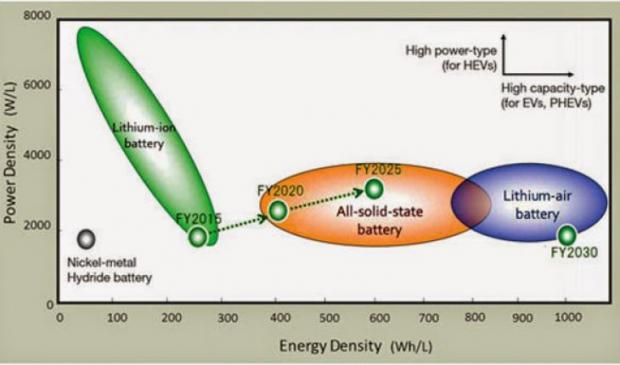
Breaking News
6.5x55 Swedish vs. 6.5 Creedmoor: The New 6.5mm Hotness
Best 7mm PRC Ammo: Hunting and Long-Distance Target Shooting
 Christmas Truce of 1914, World War I - For Sharing, For Peace
Christmas Truce of 1914, World War I - For Sharing, For Peace
Top Tech News
 EngineAI T800: Born to Disrupt! #EngineAI #robotics #newtechnology #newproduct
EngineAI T800: Born to Disrupt! #EngineAI #robotics #newtechnology #newproduct
 This Silicon Anode Breakthrough Could Mark A Turning Point For EV Batteries [Update]
This Silicon Anode Breakthrough Could Mark A Turning Point For EV Batteries [Update]
 Travel gadget promises to dry and iron your clothes – totally hands-free
Travel gadget promises to dry and iron your clothes – totally hands-free
 Perfect Aircrete, Kitchen Ingredients.
Perfect Aircrete, Kitchen Ingredients.
 Futuristic pixel-raising display lets you feel what's onscreen
Futuristic pixel-raising display lets you feel what's onscreen
 Cutting-Edge Facility Generates Pure Water and Hydrogen Fuel from Seawater for Mere Pennies
Cutting-Edge Facility Generates Pure Water and Hydrogen Fuel from Seawater for Mere Pennies
 This tiny dev board is packed with features for ambitious makers
This tiny dev board is packed with features for ambitious makers
 Scientists Discover Gel to Regrow Tooth Enamel
Scientists Discover Gel to Regrow Tooth Enamel
 Vitamin C and Dandelion Root Killing Cancer Cells -- as Former CDC Director Calls for COVID-19...
Vitamin C and Dandelion Root Killing Cancer Cells -- as Former CDC Director Calls for COVID-19...
 Galactic Brain: US firm plans space-based data centers, power grid to challenge China
Galactic Brain: US firm plans space-based data centers, power grid to challenge China
Dyson will spend about $3 billion to make solid state battery electric car by 2020

Dyson recently spent $90 million to buy University of Michigan spinoff Sakti3. Sakti3's solid state battery technology is potentially smaller, safer, more reliable and longer-lasting than the most advanced lithium-ion batteries on the market today.
The Dyson electric car team already has a staff of over 400 and they are recruiting aggressively.
Sakti3, Inc. (sakti3.com) announced that in mid-2014 that they had produced a battery cell on fully scalable equipment with over 1100 Watt hours per liter (Wh per l) in volumetric energy density. This translates to more than double the usage time in a wearable device like a smartwatch, from 3.5 h to more than 9 h. It also translates to almost double the range in an EV like the Tesla Model S, from 265 mi to 480 mi.
Sakti3 reports that it demonstrated over 1000 Wh per l in 2012, and has since moved to a pilot tool, using all scalable materials and equipment. The technology development was guided by mathematical simulations, starting with materials, and continuing to full scale plant layout to avoid any high cost materials, equipment or processes.

 The State's Last Stand
The State's Last Stand


